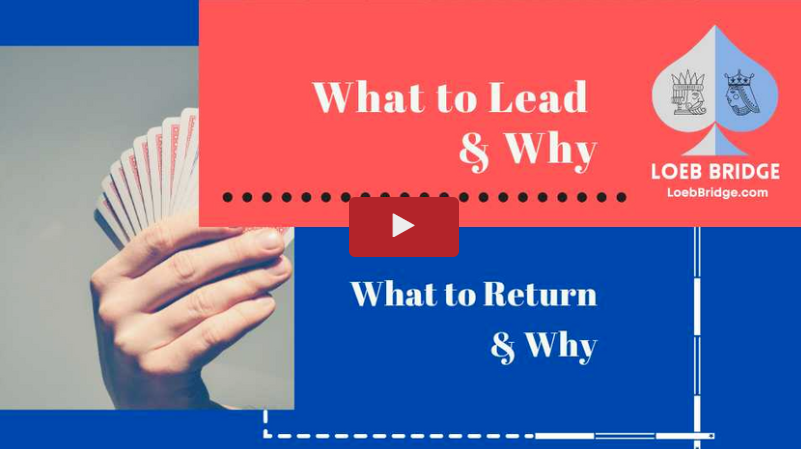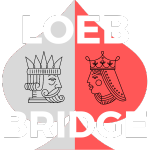 As declarer, you see all your assets. When defending, you see your cards and dummy’s cards. Partner’s cards and declarer’s cards are revealed as they are played. To defend well, you need to communicate with your partner. The only legal ways to communicate are witth the bids you make, and the cards you play. Agreements on leads and defensive signals are essential,
As declarer, you see all your assets. When defending, you see your cards and dummy’s cards. Partner’s cards and declarer’s cards are revealed as they are played. To defend well, you need to communicate with your partner. The only legal ways to communicate are witth the bids you make, and the cards you play. Agreements on leads and defensive signals are essential,
Standard opening lead agreements against suit contracts
- Honor sequence leads:
- Lead the top of touching honors (e.g. King from KQx)
- Exception lead the King from Ace-King doubleton
- Lead the top of touching honors from an inner sequence (e.g. Jack from KJTx)
- Length leads (aka count leads):
- Standard to lead 4th best (e.g. 4 from Q8742)
- Lead 3rd best from a 3-card suit (e.g. 4 from K94)
- Note that if you are leading a suit you raised and just have small cards, it is common to lead the top card to show a weak suit
- Lead high from a doubleton (e.g. Jack from J3)
Standard lead agreements against a notrump contract
- Honor sequence leads require a bit more. Against a suit contract, trumps can control later rounds. Against a notrump contract, you don't need to be worried about ruffs. So the texture of your suit is important to making an honor lead profitable.
- Lead the top of 3 touching honors (e.g. King from KQJ)
- Lead the top from 2½ touching honors (e.g. Queen from QJ9)
- Simulations show honor leads are good from KQ8x or KQ9x. Discuss this with your partner.
- Power Lead:
- Ace or King depending on partnership agreement
- Asks for unblock or count
- Clarifies a suit like AKJT5
- Length leads (aka count leads):
- Standard is 4th best (e.g. the 2 from K952)
The logic behind honor sequence leads
- Prevents declarer from winning the trick cheaply
- Helps promote the touching honors
- Denies the next highest honor (e.g. leading the Queen denies the King)
- Exception King from Ace-King doubleton
- Shows the next lowest honor
- Exceptions: leading top of a doubleton or a singleton
- Positions partner to know whether to encourage or discourage (see our Attitude Signals article)
- Encourage with a fitting honor or if able to ruff
- Discourage otherwise
The Logic behind 4th best leads
- Leading the 4th best in a suit allows partner to use the Rule of 11 to place cards in declarer's hand. See our Rule of 11 article
Subtract the denomination of the lead from 11
This tells you the number of higher cards outside your partner’s hand
You see your own hand and dummy’s hand
Declarer has the missing cards
Partner can place missing cards and begin counting the hand - From a 3-card suit lead 3rd best
- Rule of 12 applies: same as above except subtracting from 12
- Not always clear whether the lead is 3rd best or 4th best
After trick one, if a defender shifts to a new suit, it is important to clarify their level of interest in the suit. See our article on Leads after Trick One.
Related Articles:
- "When your longest suit is headed by three touching cards..." by Andrew Robson




